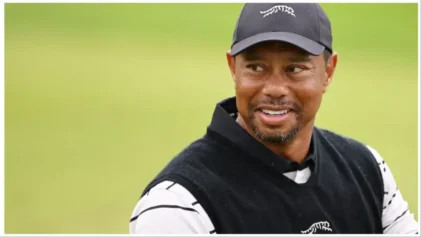Like the towering oak outside Augusta National’s clubhouse, Tiger Woods will cast a considerable shadow over this year’s Masters. With his trunk once again in perfect alignment over putts, Woods, a four-time champion, arrives at the men’s first major of the year as the world’s No. 1 golfer and the prohibitive favorite.
Steve Stricker, a friend who is considered one of the tour’s better putters, straightened Woods’s posture in an impromptu hourlong session last month, and his rhythmic putting stroke clicked into place. In his last 144 holes, Woods has made 35 putts longer than 8 feet, the range that proved his ruination two years ago, when he made the turn on Sunday with a shot at winning the Masters.
The adjustments Woods has made on the greens are subtle.
“If you look at Tiger, what he’s doing on his setup and all that, you really can’t see any difference,” said the ESPN analyst Andy North, a two-time major champion.
There are the technical tweaks that have brought a 15th major title into sharp focus for Woods, and then there are the intangibles, which are easier to discern. On the greens or on his own, Woods is trusting, not trying. For the first time since he drove his car into a fire hydrant in 2009 and his world spun out of control, he seems, as Stricker put it, “a little more at peace or at ease with himself.”
Woods’s first putting instructor was his father, Earl, who encouraged him to “putt to the picture.” Of all the strokes, a putt should be the easiest to visualize; there is no club selection to debate, no out-of-bounds area to block out, no weight transfer to make. But what if one’s mind is a cluttered attic of memories, and the helpful images are hard to find?
“Some people will never forgive Tiger for what happened, but that’s unimportant to his success,” said Paul Azinger, North’s ESPN colleague and a one-time major winner.
“For a person who makes mistakes in their life, they have to have the ability to forgive themselves before they can come to grips and really have that peace again that I think is required for Tiger to play the way he has. So I think it’s a good sign for him personally that he’s playing the way he’s playing.”
Read more: The New York Times


